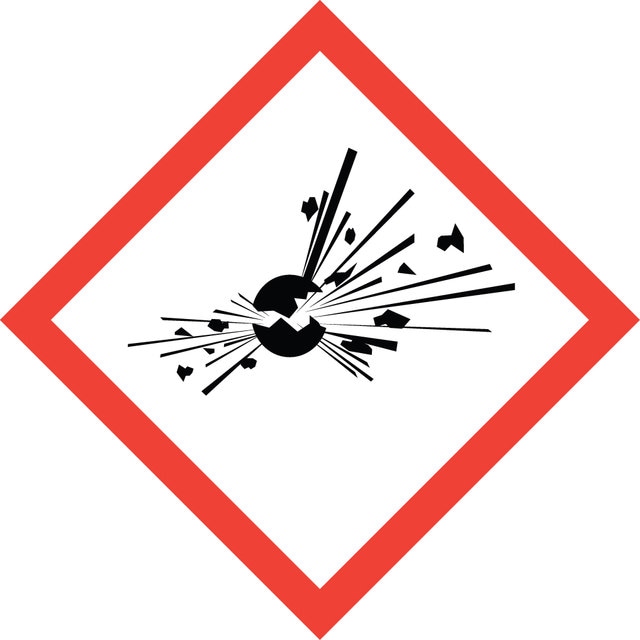Select a Size
About This Item
Product Name
Luperox® A98, Benzoyl peroxide, reagent grade, ≥98%
InChI key
OMPJBNCRMGITSC-UHFFFAOYSA-N
InChI
1S/C14H10O4/c15-13(11-7-3-1-4-8-11)17-18-14(16)12-9-5-2-6-10-12/h1-10H
SMILES string
O=C(OOC(=O)c1ccccc1)c2ccccc2
grade
reagent grade
assay
≥98%
form
solid
autoignition temp.
176 °F
reaction suitability
reagent type: oxidant
mp
105 °C (lit.)
functional group
peroxide
phenyl
Quality Level
Looking for similar products? Visit Product Comparison Guide
Related Categories
Application
- Thermal cross-linking of multiwalled carbon nanotubes (MWCNTs) via radical-initiated reaction
- 3-D crosslinked carbon scaffolds
- poly(lactic-co-glycolic) acid (PLGA), MWCNT and singlewalled carbon nanotubes (SWCNT) scaffolds
General description
Legal Information
signalword
Danger
hcodes
Hazard Classifications
Aquatic Acute 1 - Aquatic Chronic 1 - Eye Irrit. 2 - Org. Perox. B - Skin Sens. 1A
Storage Class
4.1A - Other explosive hazardous materials
wgk
WGK 2
flash_point_f
Not applicable
flash_point_c
Not applicable
Regulatory Information
Choose from one of the most recent versions:
Already Own This Product?
Find documentation for the products that you have recently purchased in the Document Library.
Our team of scientists has experience in all areas of research including Life Science, Material Science, Chemical Synthesis, Chromatography, Analytical and many others.
Contact Technical Service


